still. there
26 November 2022 to 28 January 2023 ⟶ Galerie
Installation view Galerie Georg Nothelfer
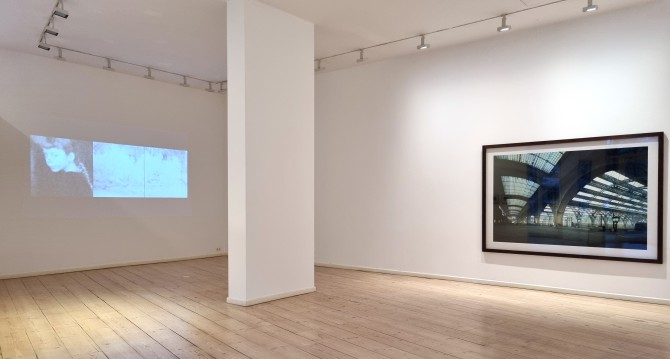
Installation view Galerie Georg Nothelfer
Installation view Galerie Georg Nothelfer
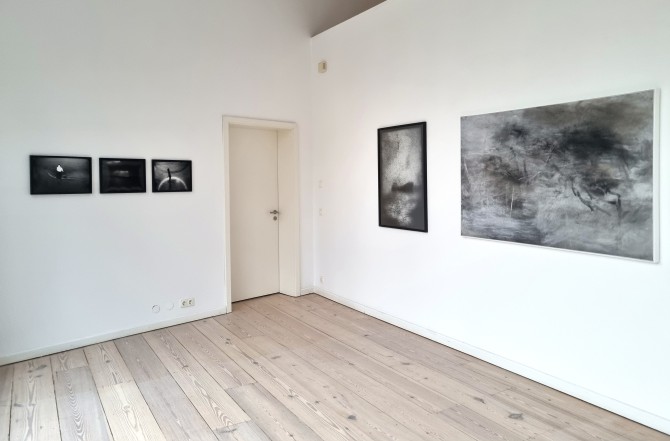
Installation view Galerie Georg Nothelfer
Damien Daufresne, Untitled (Gers), 2016, Silver Gelatineprint on Barytpaper, Super 8, 30 x 45 cm, Ed. 10
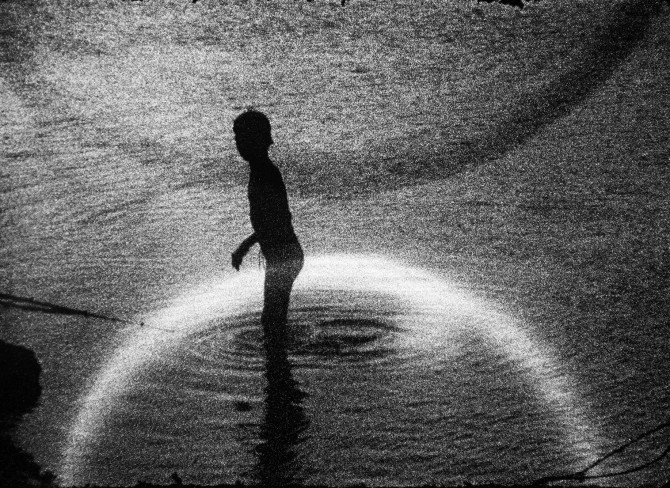
Damien Daufresne, Untitled (Gers), 2016, Silver Gelatineprint on Barytpaper, Super 8, 30 x 45 cm, Ed. 10
Damien Daufresne, Untitled (Black Sea), 2015, Silver Gelatineprint on Barytpaper, Super 8, 30 x 45 cm, Ed. 10
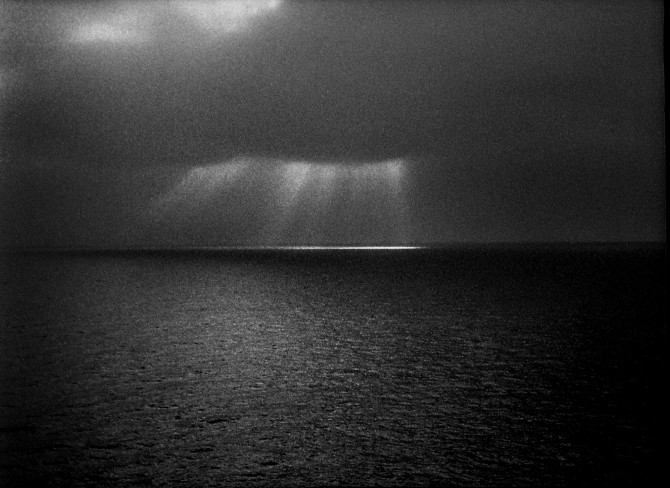
Damien Daufresne, Untitled (Black Sea), 2015, Silver Gelatineprint on Barytpaper, Super 8, 30 x 45 cm, Ed. 10
Damien Daufresne, Untitled (Tanker Finger Print, Istanbul), 2013, Inkjet print on fine art paper, Super 8, 30 x 45 cm, Ed. 10
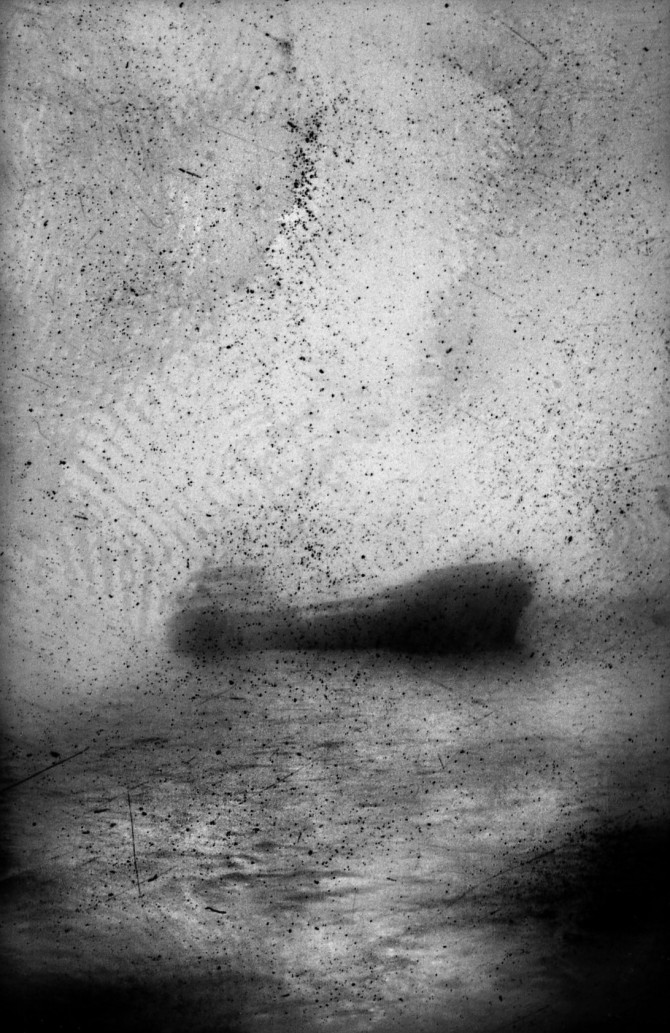
Damien Daufresne, Untitled (Tanker Finger Print, Istanbul), 2013, Inkjet print on fine art paper, Super 8, 30 x 45 cm, Ed. 10
Damien Daufresne, Untitled, 2020, Charcoal/chalk/pigment on paper mounted on canvas, 100 x 150 cm
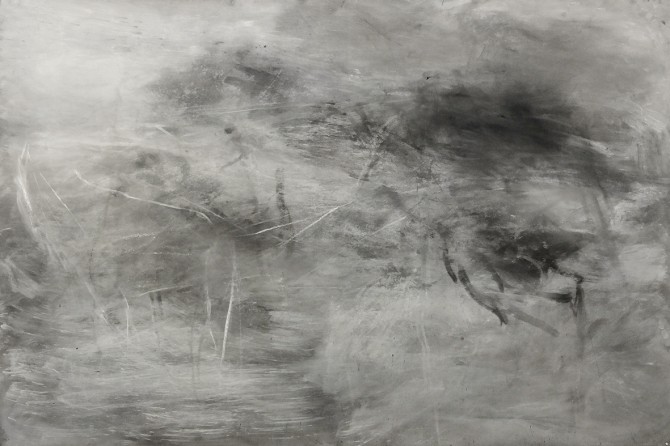
Damien Daufresne, Untitled, 2020, Charcoal/chalk/pigment on paper mounted on canvas, 100 x 150 cm
Installation view Galerie Georg Nothelfer
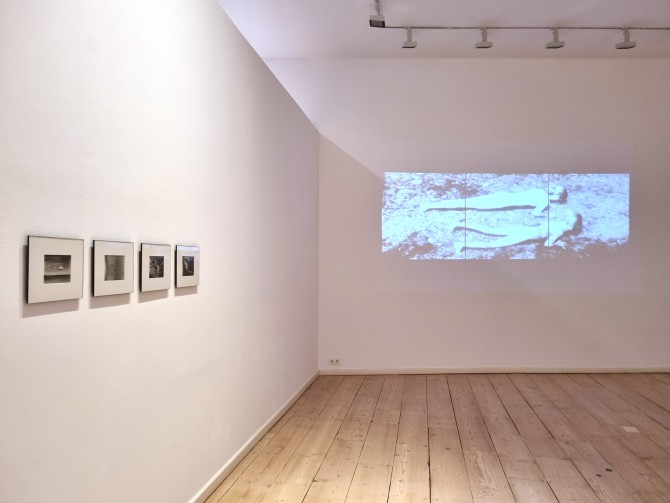
Installation view Galerie Georg Nothelfer
Damien Daufresne, Untitled (Caro et Lenoe Lac), 2017, Silver Gelatineprint on Barytpaper, Super 8, 11,5 x 15 cm, Ed. 10
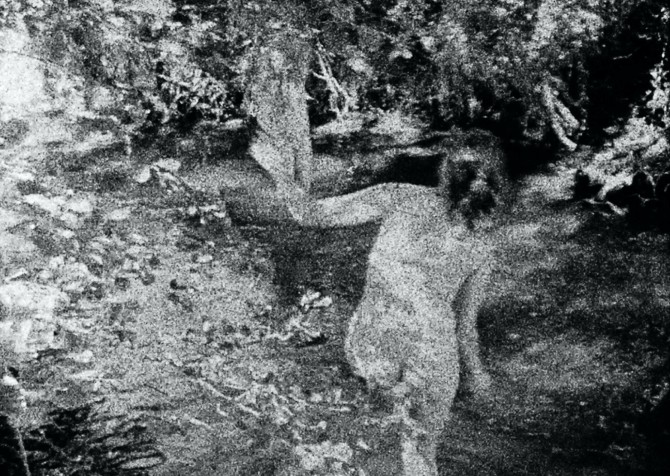
Damien Daufresne, Untitled (Caro et Lenoe Lac), 2017, Silver Gelatineprint on Barytpaper, Super 8, 11,5 x 15 cm, Ed. 10
Damien Daufresne, Untitled (Nougat Roumaine), 2017, Silver Gelatineprint on Barytpaper, Super 8, 11,5 x 15 cm, Ed. 10
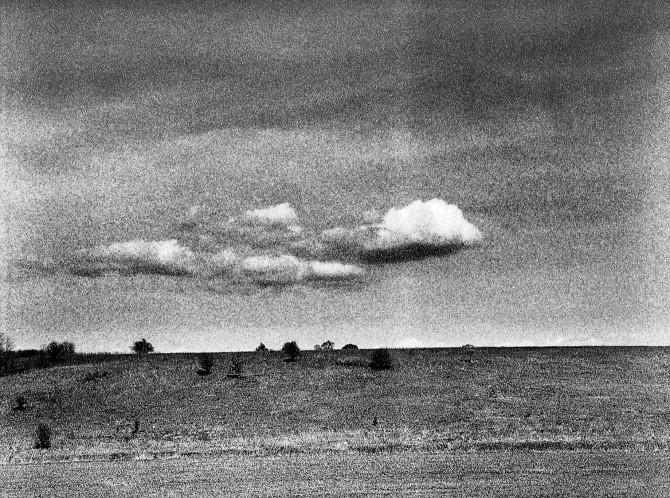
Damien Daufresne, Untitled (Nougat Roumaine), 2017, Silver Gelatineprint on Barytpaper, Super 8, 11,5 x 15 cm, Ed. 10
Damien Daufresne, UN ARBRE. UN ANIMAL. QUELQU’UN, Images: Damien Daufresne, Editing: Carolin Röckelein, Music: Hiss Tracts - David, Bryant and Kevin Doria, Film: Super 8 - HD - 14:22 min, Ed. 4+1 ap
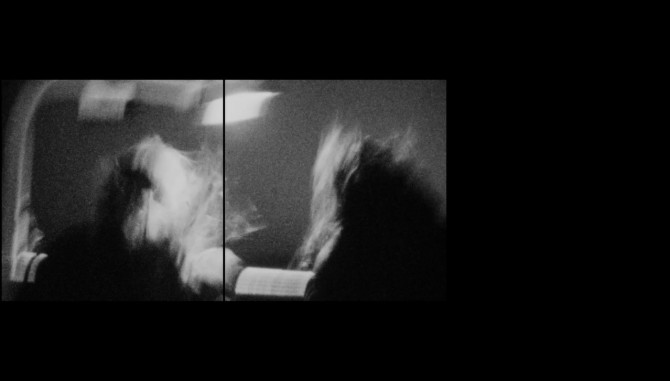
Damien Daufresne, UN ARBRE. UN ANIMAL. QUELQU’UN, Images: Damien Daufresne, Editing: Carolin Röckelein, Music: Hiss Tracts - David, Bryant and Kevin Doria, Film: Super 8 - HD - 14:22 min, Ed. 4+1 ap
Manfred Hamm, Central station Leipzig, 1983, Color photography on Kodak or Fuji paper, 178 x 251 cm, Ed. 3
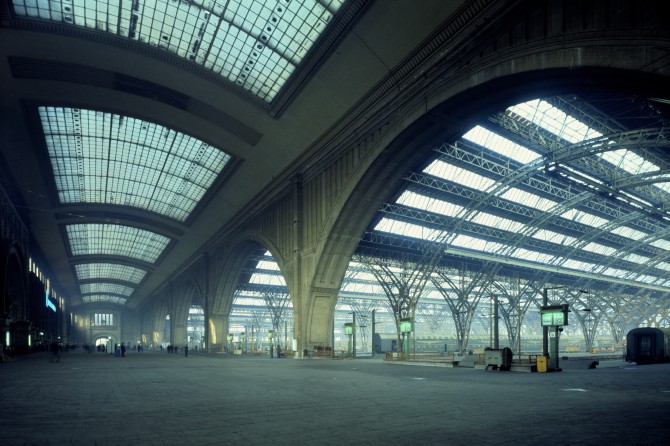
Manfred Hamm, Central station Leipzig, 1983, Color photography on Kodak or Fuji paper, 178 x 251 cm, Ed. 3
Installation view Galerie Georg Nothelfer
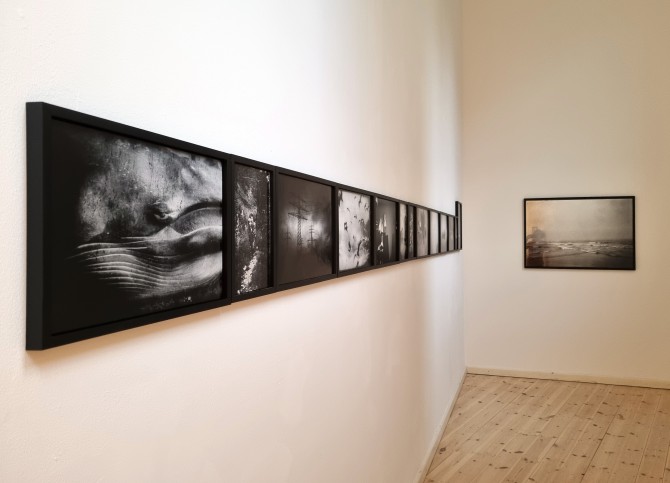
Installation view Galerie Georg Nothelfer
Damien Daufresne, Untitled (Papillon Wien), 2017, Silver Gelatineprint on Barytpaper, 30 x 20 cm, Ed. 10
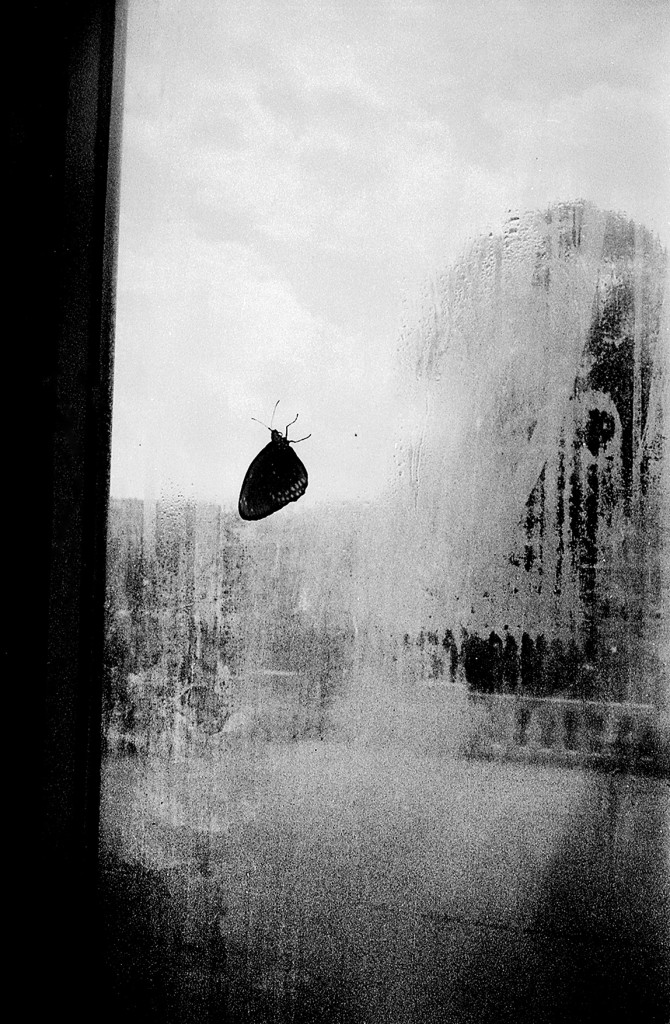
Damien Daufresne, Untitled (Papillon Wien), 2017, Silver Gelatineprint on Barytpaper, 30 x 20 cm, Ed. 10
Damien Daufresne, Untitled (Istanbul), 2010, Silver Gelatineprint on Barytpaper, 30 x 45 cm, Ed. 10
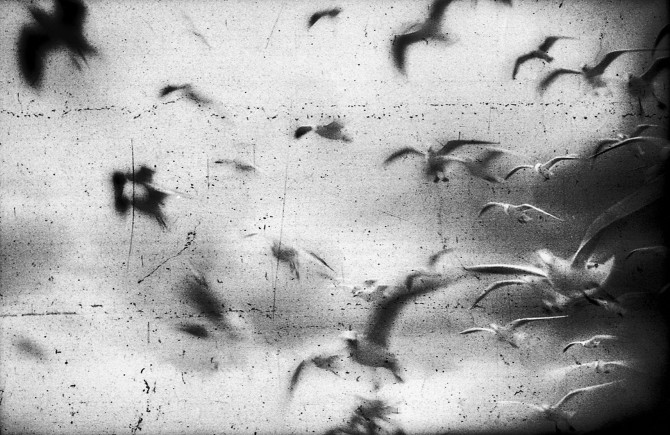
Damien Daufresne, Untitled (Istanbul), 2010, Silver Gelatineprint on Barytpaper, 30 x 45 cm, Ed. 10
Damien Daufresne, Untitled (Leone Lac), 2018, Silver Gelatineprint on Barytpaper, 30 x 45 cm, Ed. 10
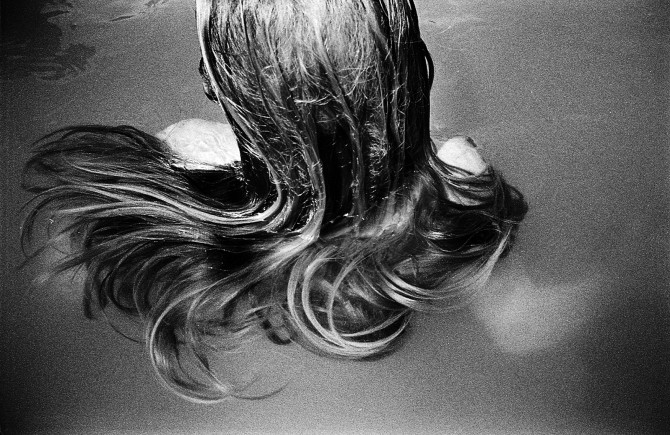
Damien Daufresne, Untitled (Leone Lac), 2018, Silver Gelatineprint on Barytpaper, 30 x 45 cm, Ed. 10
Damien Daufresne, Untitled (Paris), 2009, Silver Gelatineprint on Barytpaper, 30 x 20 cm, Ed. 10
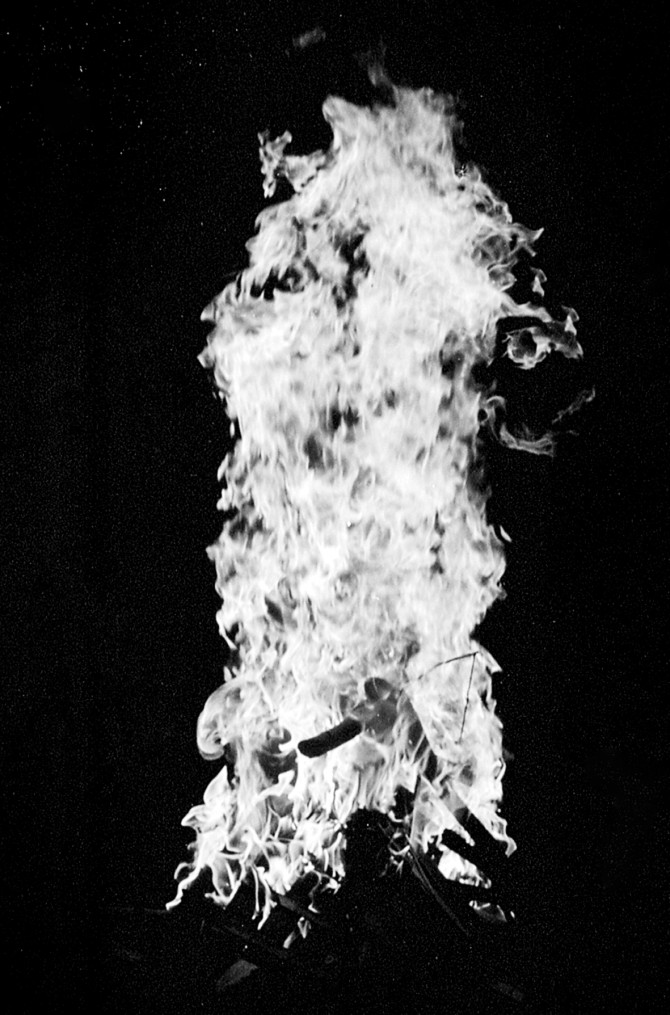
Damien Daufresne, Untitled (Paris), 2009, Silver Gelatineprint on Barytpaper, 30 x 20 cm, Ed. 10
Damien Daufresne, Untitled (Paris), 2013, Silver Gelatineprint on Barytpaper, 30 x 45 cm, Ed. 10
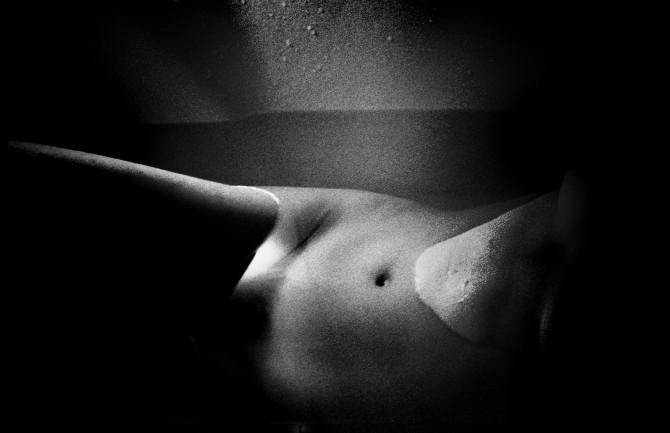
Damien Daufresne, Untitled (Paris), 2013, Silver Gelatineprint on Barytpaper, 30 x 45 cm, Ed. 10
Damien Daufresne, Untitled (Danube Delta), 2020, Silver Gelatineprint on Barytpaper, 70 x 100 cm, Ed. 10, Print: François Lebland/ Moon-Print
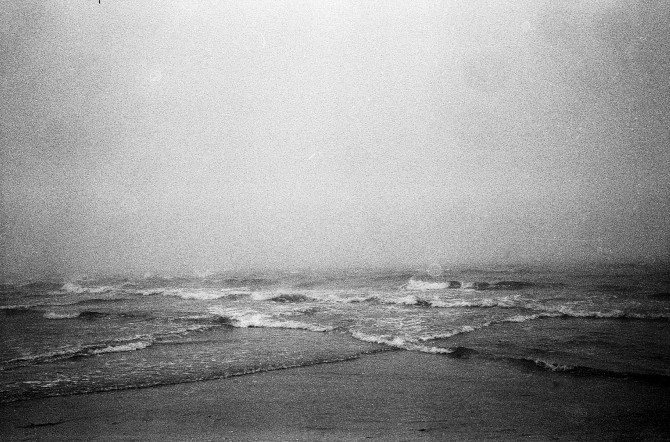
Damien Daufresne, Untitled (Danube Delta), 2020, Silver Gelatineprint on Barytpaper, 70 x 100 cm, Ed. 10, Print: François Lebland/ Moon-Print
Installation view Galerie Georg Nothelfer
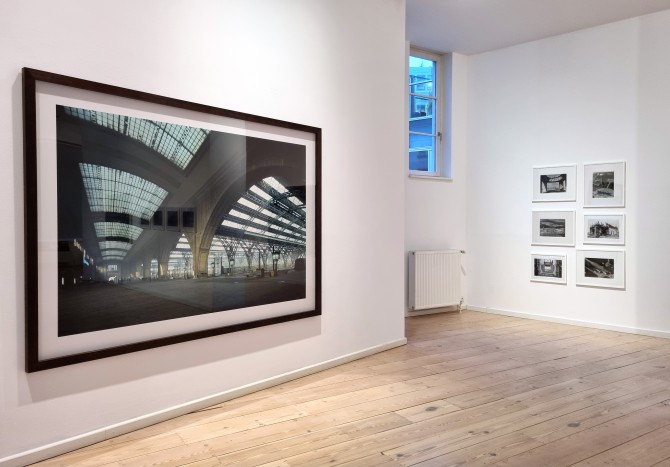
Installation view Galerie Georg Nothelfer
Manfred Hamm, Cape Canaveral, Complex 34, Apollo, 1980, b/w Photography on Ilford Gallery, 30 x 40 cm, Unique piece
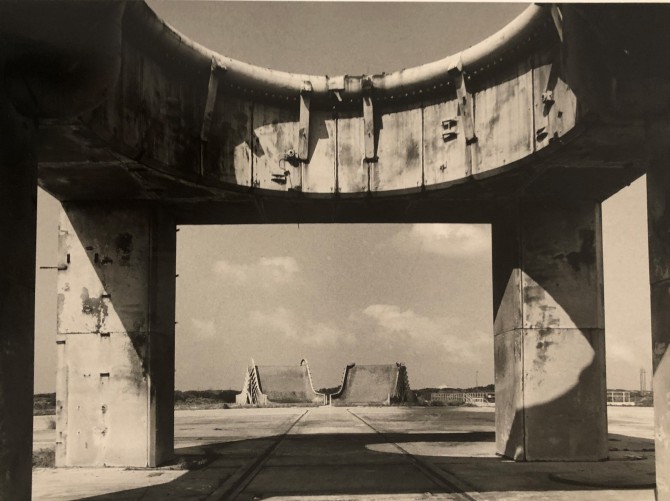
Manfred Hamm, Cape Canaveral, Complex 34, Apollo, 1980, b/w Photography on Ilford Gallery, 30 x 40 cm, Unique piece
Manfred Hamm, Cape Canaveral, Complex 34, Apollo, 1980, b/w Photography o Ilford Gallery, 40 x 30 cm, Unique piece
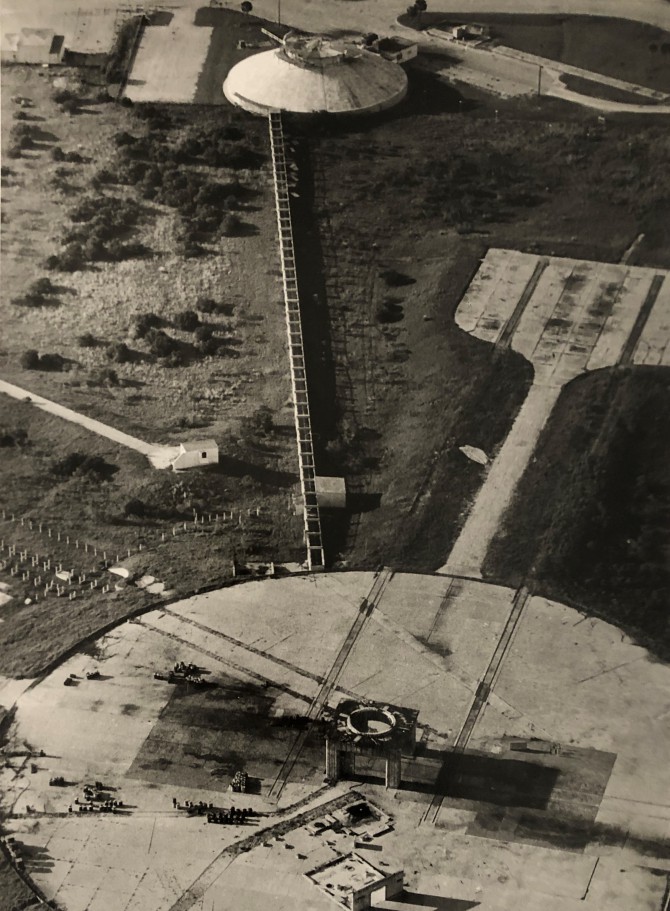
Manfred Hamm, Cape Canaveral, Complex 34, Apollo, 1980, b/w Photography o Ilford Gallery, 40 x 30 cm, Unique piece
Manfred Hamm, Cape Canaveral, Complex 34, Apollo, 1980, b/w, Photography in Ilford Gallery, 30 x 40 cm, Unique piece
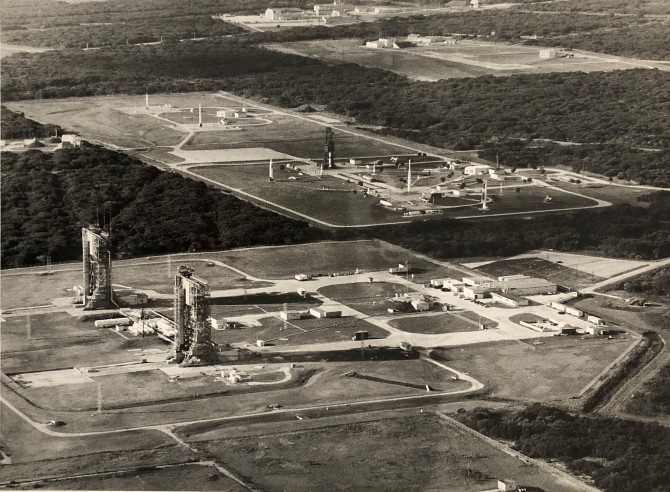
Manfred Hamm, Cape Canaveral, Complex 34, Apollo, 1980, b/w, Photography in Ilford Gallery, 30 x 40 cm, Unique piece
Manfred Hamm, Cape Canaveral, Complex 19, Gimini, 1979, Colour Photography on Kodak or Fujipaper, 30 x 40 cm, Ed. 2
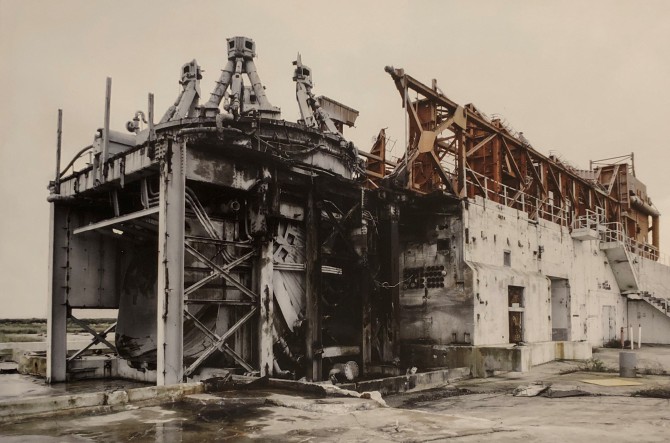
Manfred Hamm, Cape Canaveral, Complex 19, Gimini, 1979, Colour Photography on Kodak or Fujipaper, 30 x 40 cm, Ed. 2
Manfred Hamm, Cape Canaveral, Complex 19, Gimini, 1979, Colour Photography on Kodak or Fujipaper, 30 x 40 cm, Ed. 2
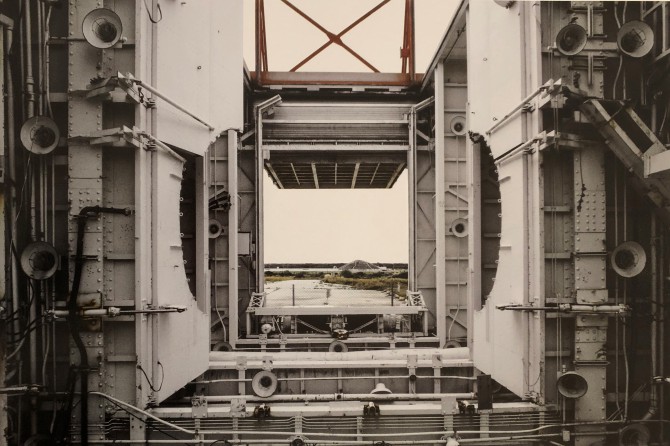
Manfred Hamm, Cape Canaveral, Complex 19, Gimini, 1979, Colour Photography on Kodak or Fujipaper, 30 x 40 cm, Ed. 2
Manfred Hamm, Cape Canaveral, Complex 34, Apollo, 1980, b/w, Photography on Ilford Gallery, 30 x 40 cm, Unique piece
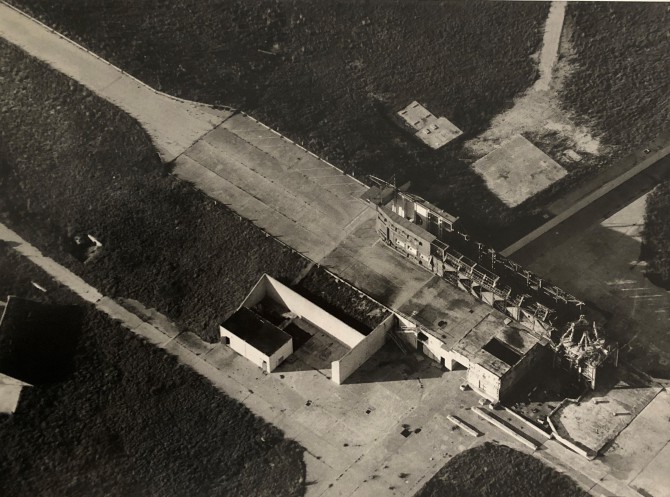
Manfred Hamm, Cape Canaveral, Complex 34, Apollo, 1980, b/w, Photography on Ilford Gallery, 30 x 40 cm, Unique piece
Installation view Galerie Georg Nothelfer
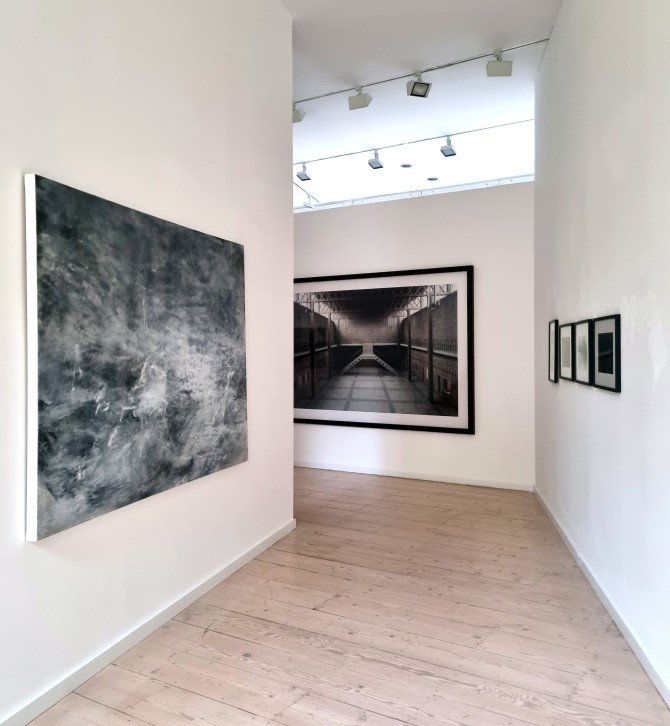
Installation view Galerie Georg Nothelfer
Damien Daufresne, Untitled, 2017/2020, Charcoal, chalk, pigment on paper, mounted on canvas, 150 x 200 cm
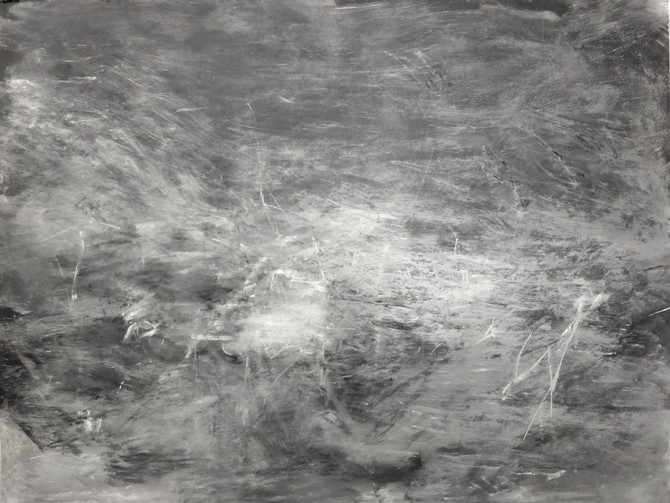
Damien Daufresne, Untitled, 2017/2020, Charcoal, chalk, pigment on paper, mounted on canvas, 150 x 200 cm
Manfred Hamm, Lohnhalle, Salzgitter-Gebhardshagen, Haverlahwiese I shaft, wage hall with entrances to the pit foreman's offices and wash chews, 1989, ed. I/II, 178 x 251 cm
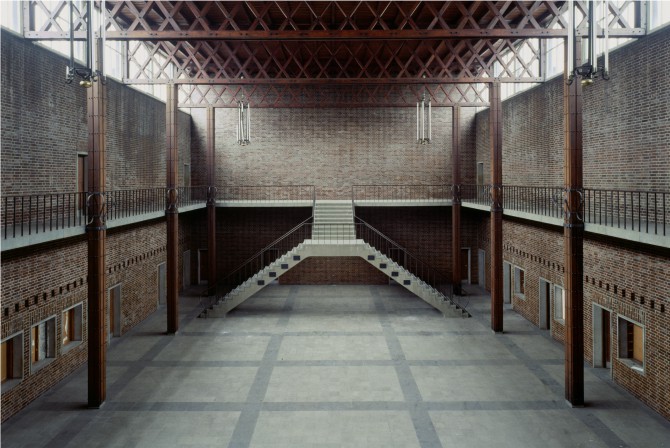
Manfred Hamm, Lohnhalle, Salzgitter-Gebhardshagen, Haverlahwiese I shaft, wage hall with entrances to the pit foreman's offices and wash chews, 1989, ed. I/II, 178 x 251 cm
Installation view Galerie Georg Nothelfer
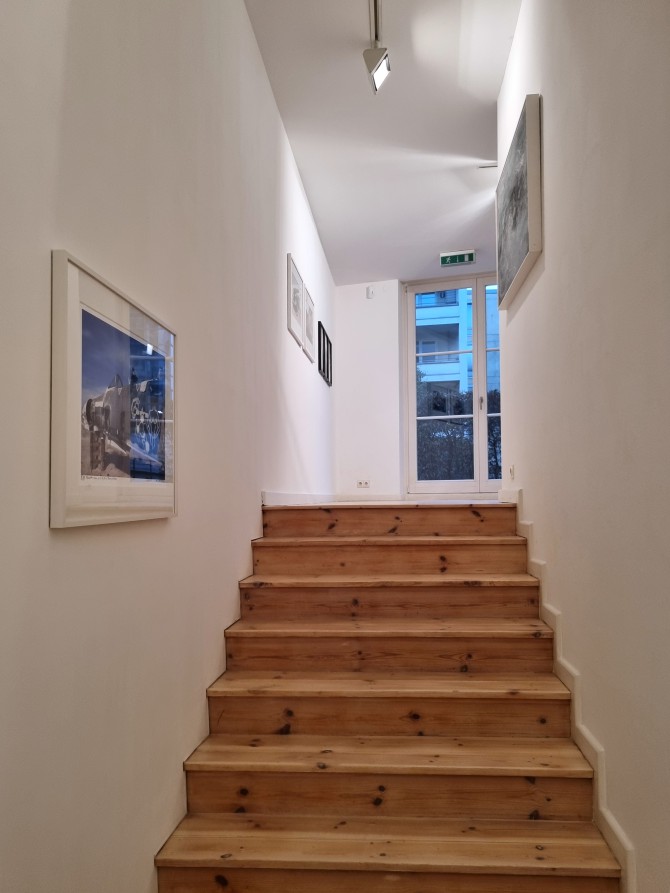
Installation view Galerie Georg Nothelfer
Manfred Hamm, Phantom Nose with Grafitti (Series Tucson/Arizona, Davis–Monthan-Air Base), 1979, Colour Photography on Kodak on Fujipaper, 62 x 81 cm, Ed. III
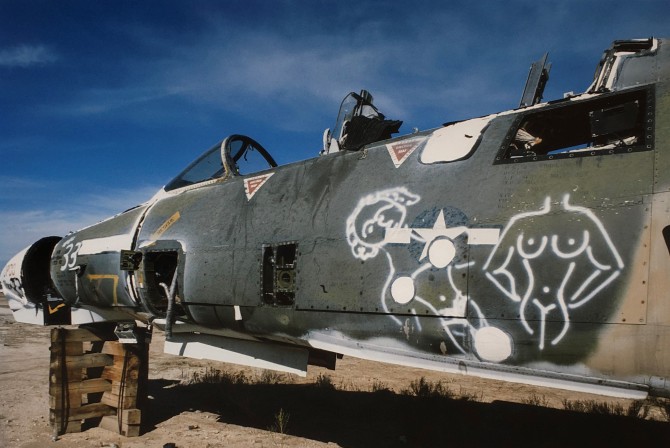
Manfred Hamm, Phantom Nose with Grafitti (Series Tucson/Arizona, Davis–Monthan-Air Base), 1979, Colour Photography on Kodak on Fujipaper, 62 x 81 cm, Ed. III
Installation view Galerie Georg Nothelfer
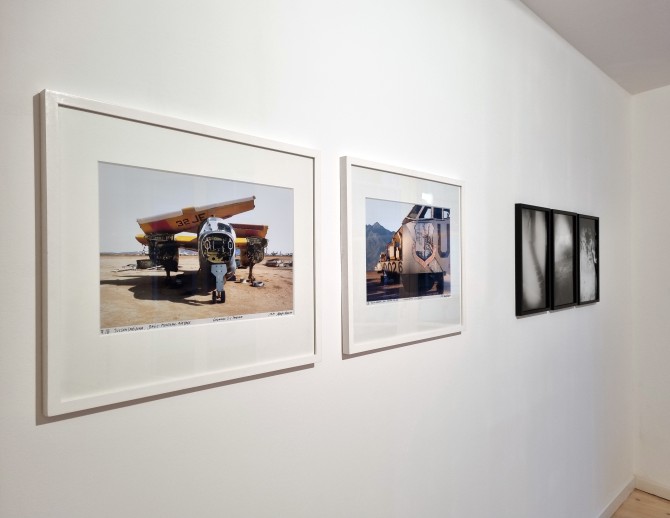
Installation view Galerie Georg Nothelfer
Manfred Hamm, Grumman S-2 Tracker (Series Tucson/Arizona, Davis–Monthan-Air Base), 1979, Colour Photography on Kodak or Fujipaper, 52,5 x 62,5 cm, Ed. III
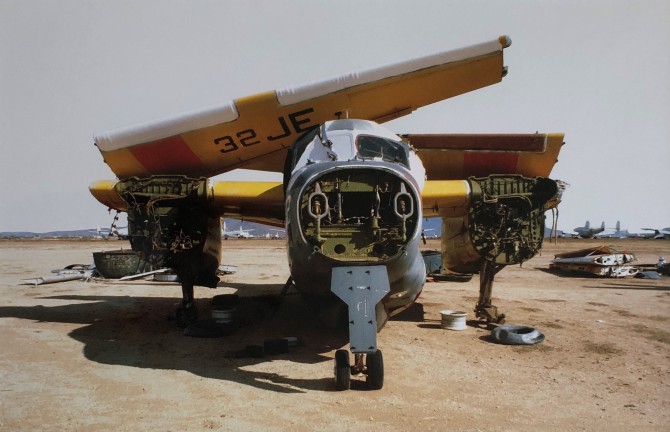
Manfred Hamm, Grumman S-2 Tracker (Series Tucson/Arizona, Davis–Monthan-Air Base), 1979, Colour Photography on Kodak or Fujipaper, 52,5 x 62,5 cm, Ed. III
Manfred Hamm, Cockpit, B-52 Bomber (Series Tucson/Arizona, Davis–Monthan-Air Base), 1979, Colour Photography on Kodak or Fujipaper, 52,5 x 62,5 cm, Ed. III

Manfred Hamm, Cockpit, B-52 Bomber (Series Tucson/Arizona, Davis–Monthan-Air Base), 1979, Colour Photography on Kodak or Fujipaper, 52,5 x 62,5 cm, Ed. III
Installation view Galerie Georg Nothelfer
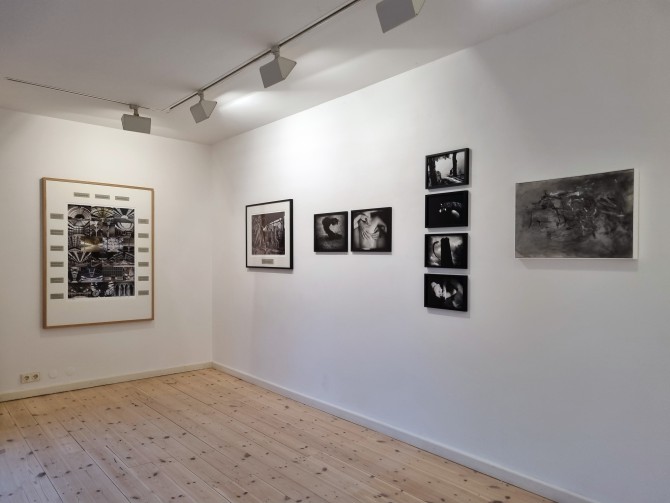
Installation view Galerie Georg Nothelfer
Manfred Hamm, Collage-Eisenstrukturen, 2022, Colour- und b/w Photograph on Barytpaper, 139,5 x 102 cm, Ed. III
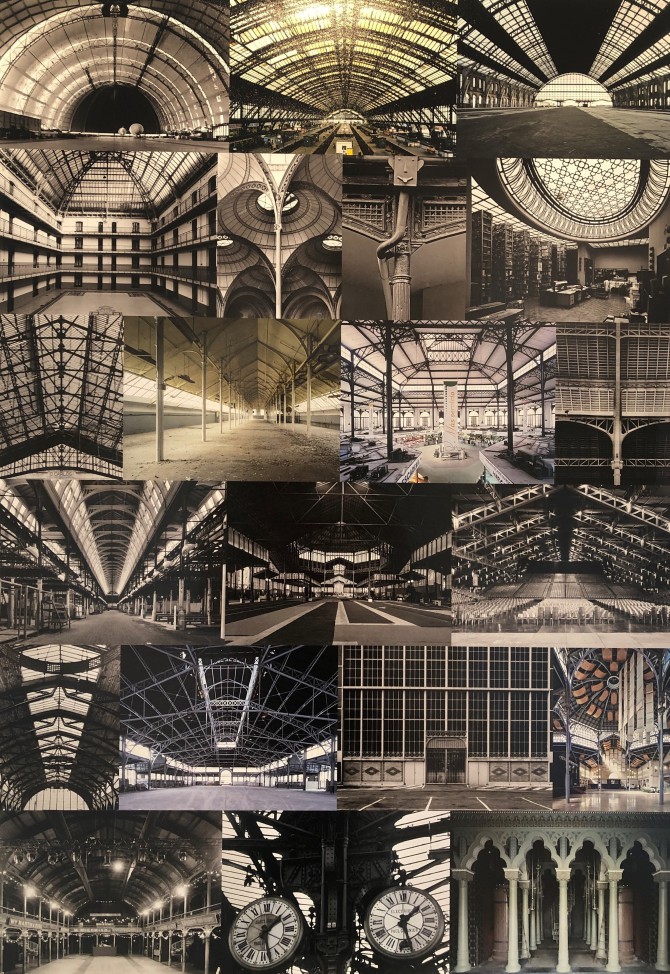
Manfred Hamm, Collage-Eisenstrukturen, 2022, Colour- und b/w Photograph on Barytpaper, 139,5 x 102 cm, Ed. III
Manfred Hamm, Berlin, Figure Depot of the Berlin Monument Office, 1976, b/w Photography on baryt paper, 64 x 80.5 cm, ed. III
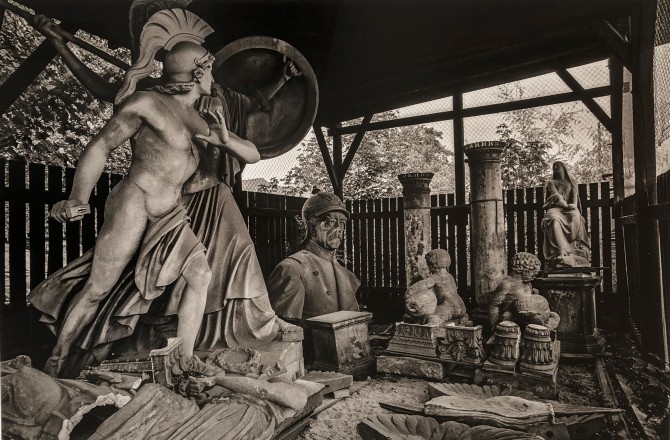
Manfred Hamm, Berlin, Figure Depot of the Berlin Monument Office, 1976, b/w Photography on baryt paper, 64 x 80.5 cm, ed. III
Damien Daufresne, Untitled (Lenoe Caro Mains Bain), 2019, Silver Gelatineprint on Barytpaper, 30 x 45 cm, Ed. 10
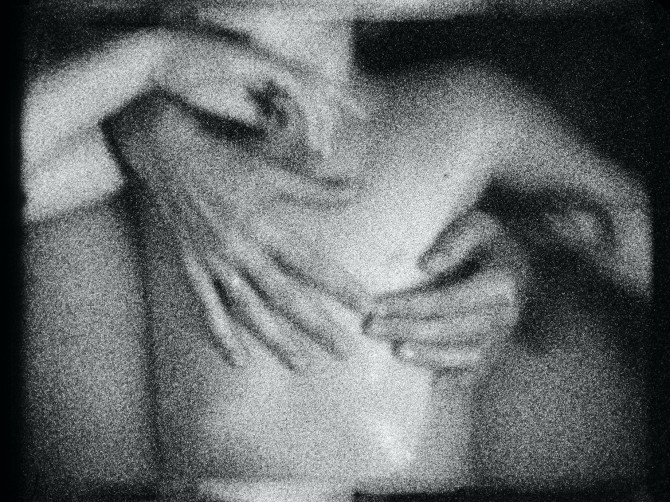
Damien Daufresne, Untitled (Lenoe Caro Mains Bain), 2019, Silver Gelatineprint on Barytpaper, 30 x 45 cm, Ed. 10
Damien Daufresne, Untitled (Mouton- Mexiko), 2015, Silver Gelatineprint on Barytpaper, Super 8, 20 x 30 cm, Ed.10
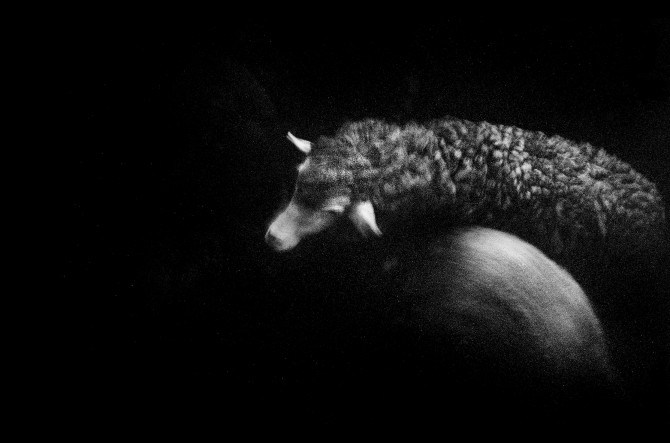
Damien Daufresne, Untitled (Mouton- Mexiko), 2015, Silver Gelatineprint on Barytpaper, Super 8, 20 x 30 cm, Ed.10
Damien Daufresne, Untitled (Escalier Caravanserai Istanbul), 2013, Silver Gelatineprint on Barytpaper, 45 x 30 cm, Ed. 10
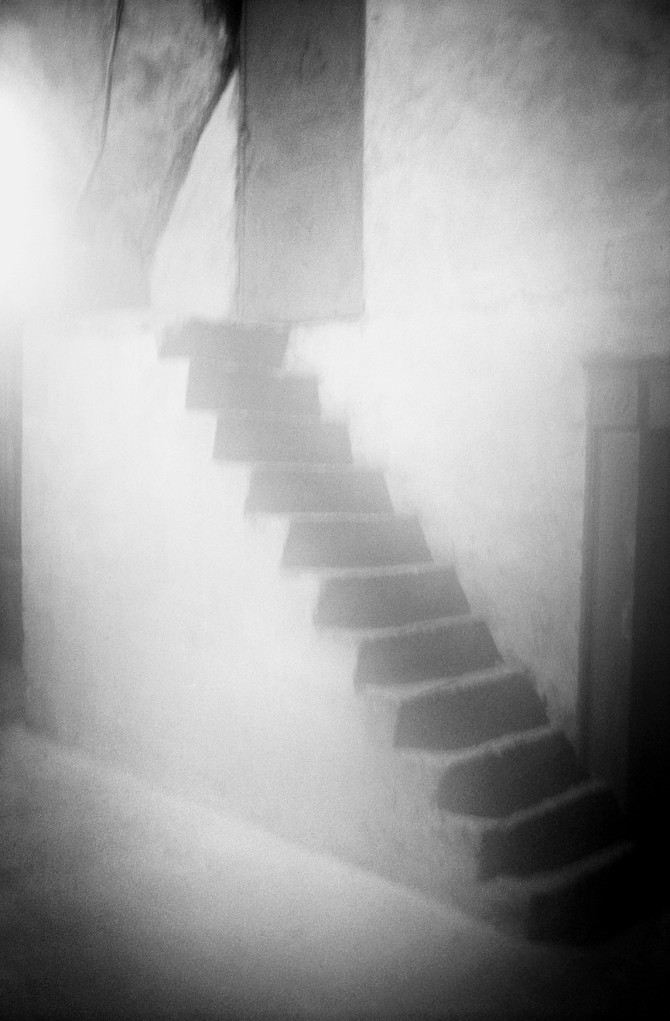
Damien Daufresne, Untitled (Escalier Caravanserai Istanbul), 2013, Silver Gelatineprint on Barytpaper, 45 x 30 cm, Ed. 10
Damien Daufresne, Untitled, 2017/2020, Charcoal, chalk, pigment on paper, mounted on canvas, 42 x 60 cm
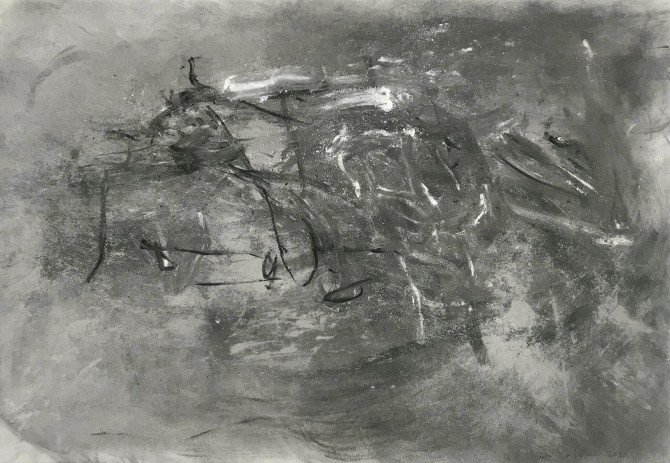
Damien Daufresne, Untitled, 2017/2020, Charcoal, chalk, pigment on paper, mounted on canvas, 42 x 60 cm
Installation view Galerie Georg Nothelfer
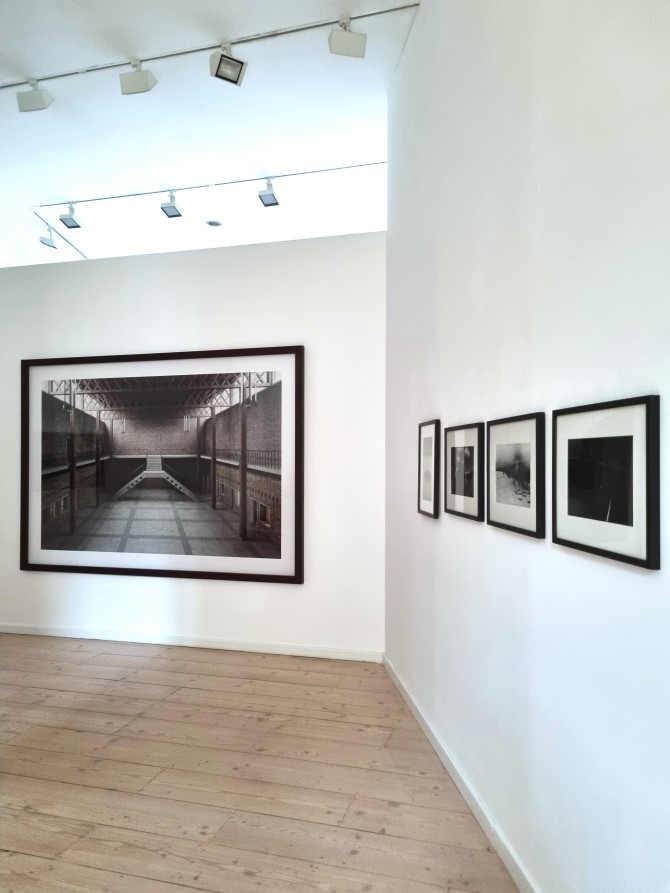
Installation view Galerie Georg Nothelfer
Damien Daufresne, Untitled (Alt Berlin), 2009, Silver Gelatineprint on Barytpaper, 30 x 40 cm, Ed. 10
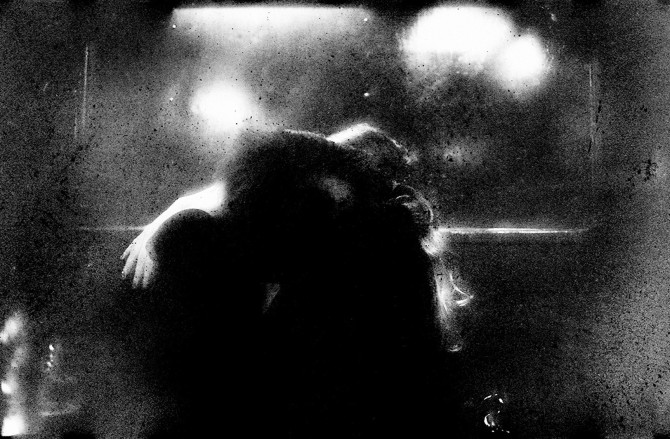
Damien Daufresne, Untitled (Alt Berlin), 2009, Silver Gelatineprint on Barytpaper, 30 x 40 cm, Ed. 10
Damien Daufresne, Untitled (Poisson Berlin), 2010, Silver Gelatineprint on Barytpaper, 30 x 40 cm, Ed. 10
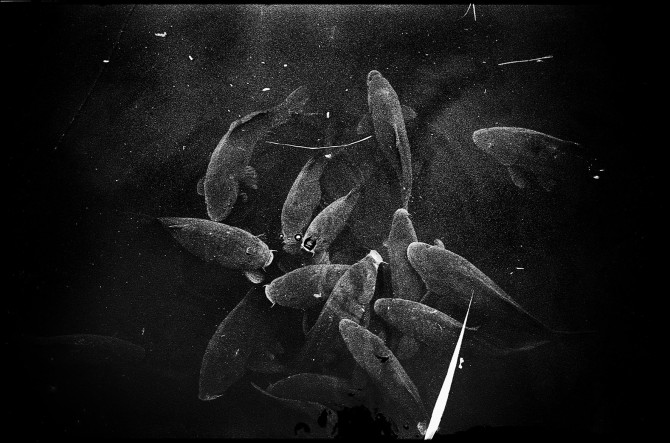
Damien Daufresne, Untitled (Poisson Berlin), 2010, Silver Gelatineprint on Barytpaper, 30 x 40 cm, Ed. 10
Installation view Galerie Georg Nothelfer
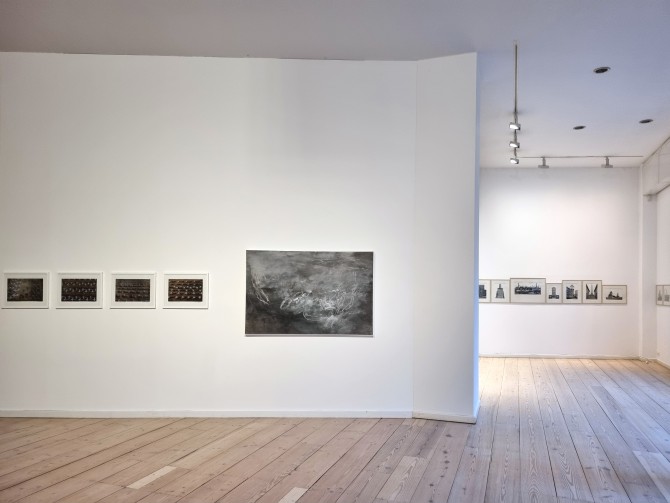
Installation view Galerie Georg Nothelfer
Manfred Hamm, Aerial View (from the series Tucson/Arizona, Davis-Monthan-Air Base)
1980, b/w photograph, unique piece, 30 x 40 cm
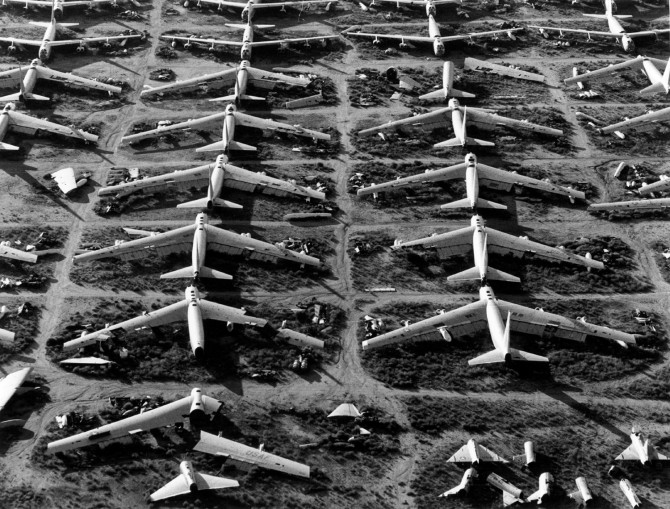
Manfred Hamm, Aerial View (from the series Tucson/Arizona, Davis-Monthan-Air Base)
1980, b/w photograph, unique piece, 30 x 40 cm
Manfred Hamm, aerial view Davis-Monthan Airbase, Boing B52 (From the series Tucson/Arizona), 1980, Colour photography on Kodak or Fuji paper, 30 x 40 cm, Ed. 2
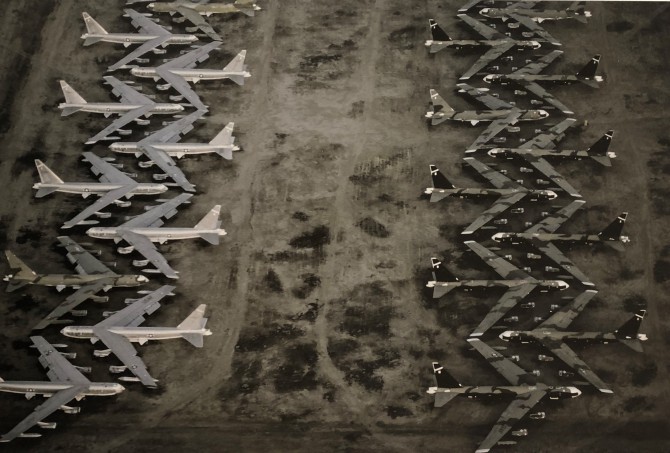
Manfred Hamm, aerial view Davis-Monthan Airbase, Boing B52 (From the series Tucson/Arizona), 1980, Colour photography on Kodak or Fuji paper, 30 x 40 cm, Ed. 2
Manfred Hamm, aerial view Davis-Monthan Airbase, Neptune, maritime reconnaissance aircraft (From the series Tucson/Arizona), 1980, Colour photography on Kodak or Fuji paper, 30 x 40 cm, Ed. 2
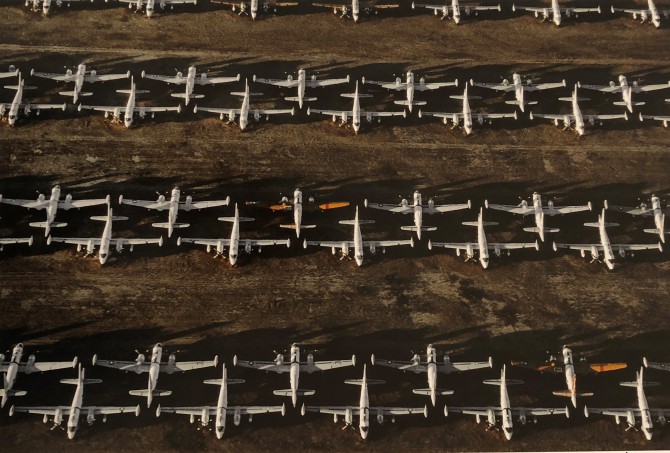
Manfred Hamm, aerial view Davis-Monthan Airbase, Neptune, maritime reconnaissance aircraft (From the series Tucson/Arizona), 1980, Colour photography on Kodak or Fuji paper, 30 x 40 cm, Ed. 2
Manfred Hamm, Aerial view Davis-Monthan-Air Base (From the series Tucson/Arizona), 1980, Colour photography on Kodak or Fuji paper
30 x 40 cm, Ed. 2
30 x 40 cm, Ed. 2
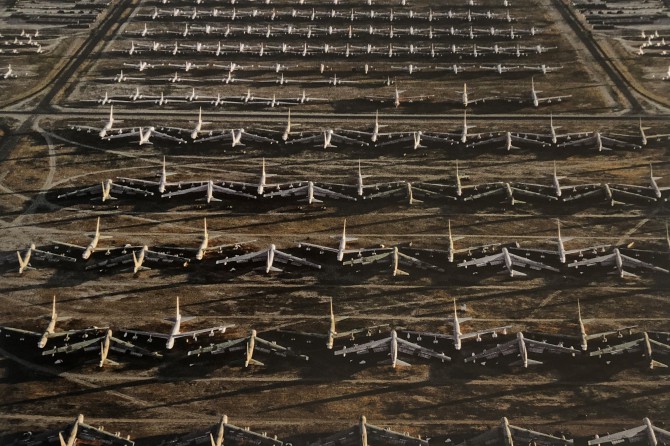
Manfred Hamm, Aerial view Davis-Monthan-Air Base (From the series Tucson/Arizona), 1980, Colour photography on Kodak or Fuji paper
30 x 40 cm, Ed. 2
30 x 40 cm, Ed. 2
Manfred Hamm, aerial view Davis-Monthan-Air Base (From the series Tucson/Arizona), 1980, Colour photography on Kodak or Fuji paper, 30 x 40 cm, ed. 2
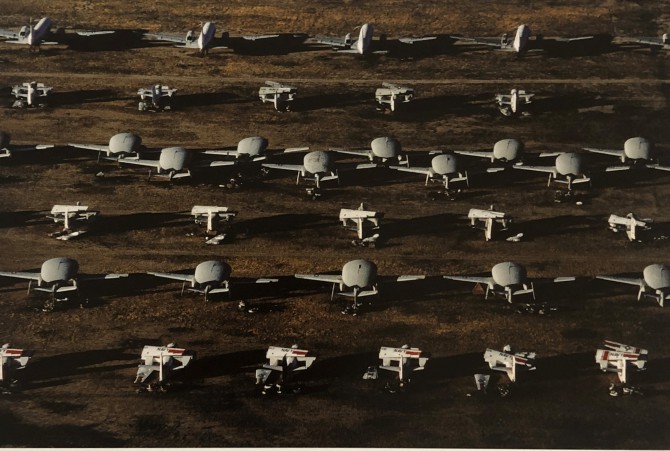
Manfred Hamm, aerial view Davis-Monthan-Air Base (From the series Tucson/Arizona), 1980, Colour photography on Kodak or Fuji paper, 30 x 40 cm, ed. 2
Installation view Galerie Georg Nothelfer
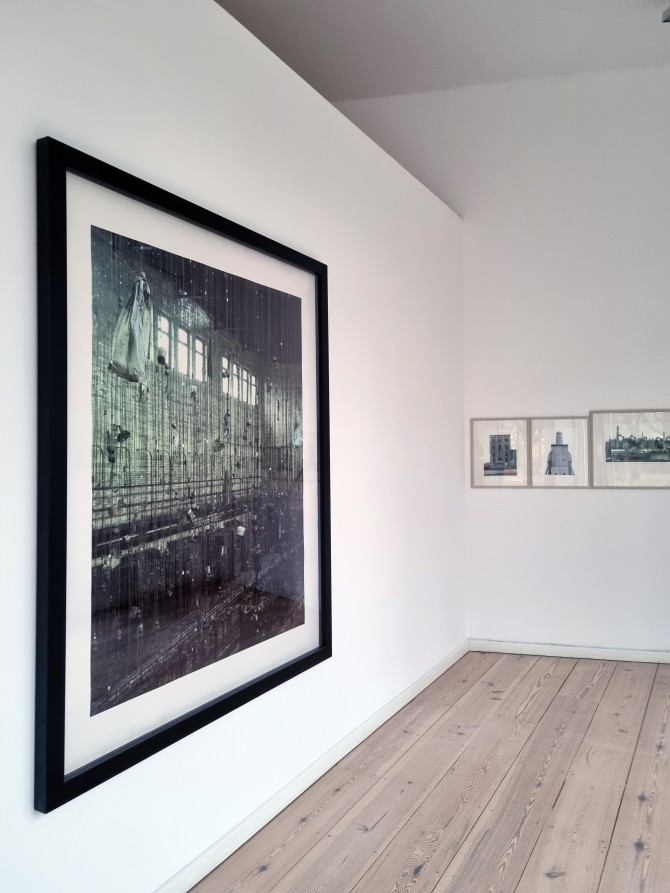
Installation view Galerie Georg Nothelfer
Manfred Hamm, Clothing hall, shaft, Sartis Hensies Pommeroeue, Belgium, 1983, Color photography on Kodak or Fuji paper, 178 x 146 cm, Ed. 3
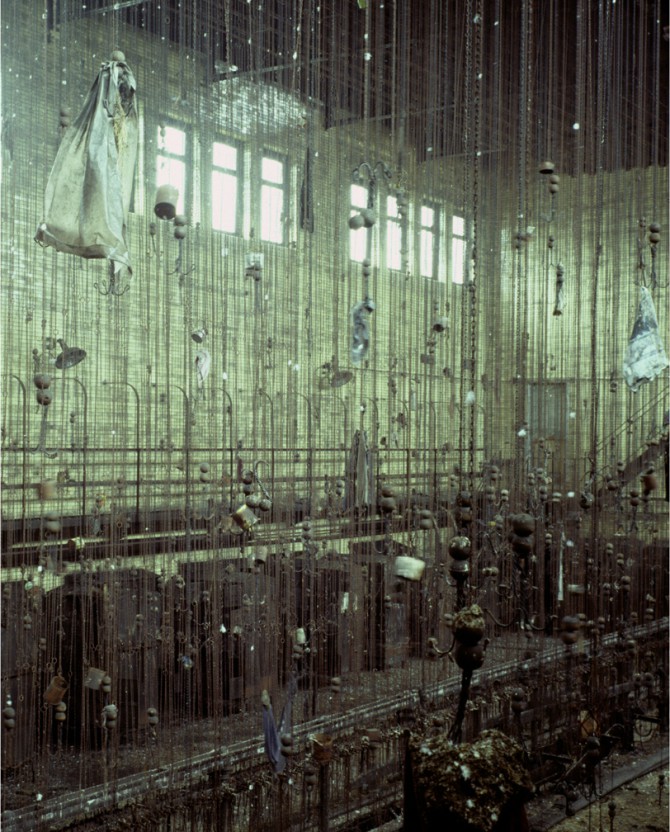
Manfred Hamm, Clothing hall, shaft, Sartis Hensies Pommeroeue, Belgium, 1983, Color photography on Kodak or Fuji paper, 178 x 146 cm, Ed. 3
Manfred Hamm, Container boat-Lift, Goole, GB, 1984, b/w Photograph on Ilford Gallery, 34,5 x 23,8 cm, Ed. V
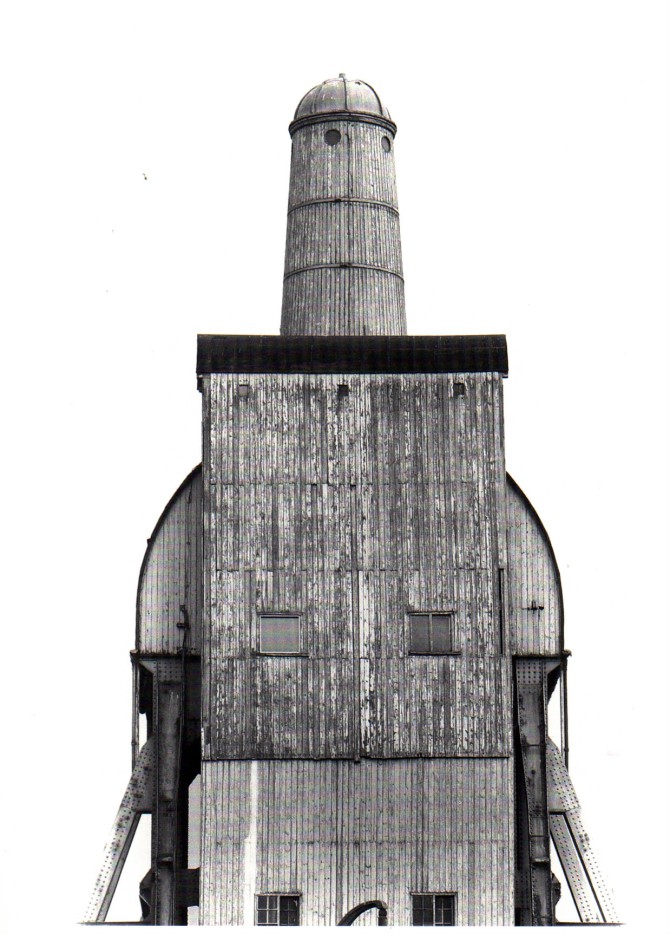
Manfred Hamm, Container boat-Lift, Goole, GB, 1984, b/w Photograph on Ilford Gallery, 34,5 x 23,8 cm, Ed. V
Manfred Hamm, Water tower of the boiler house, Schacht Hugo, Salt mine, Sehnde-Ilten, 1990, b/w Photograph on Ilford Gallery, 34,5 x 23,8 cm, Ed. V
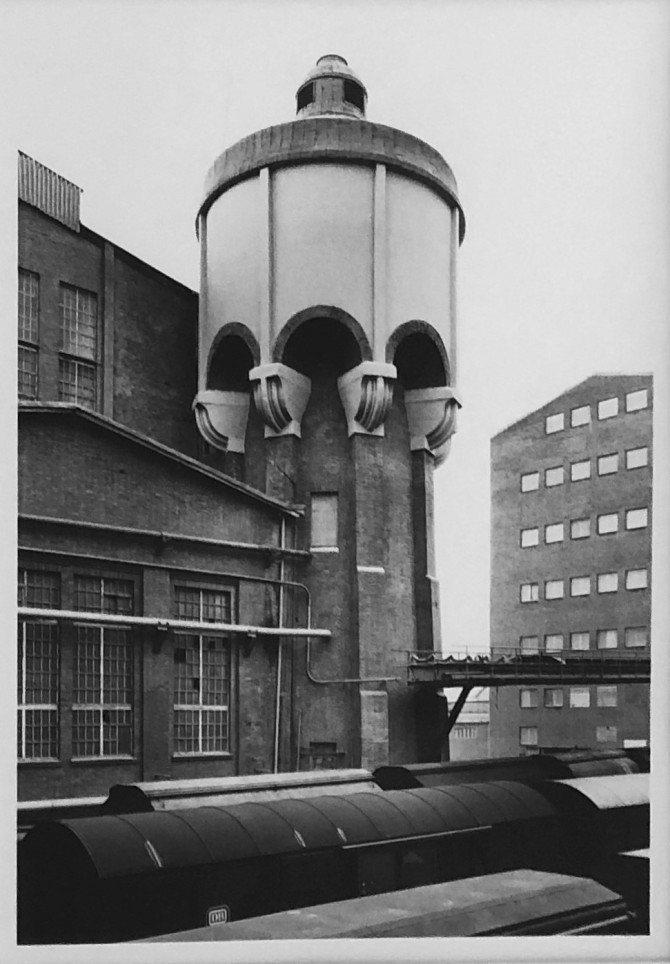
Manfred Hamm, Water tower of the boiler house, Schacht Hugo, Salt mine, Sehnde-Ilten, 1990, b/w Photograph on Ilford Gallery, 34,5 x 23,8 cm, Ed. V
Manfred Hamm, Cotton spinning mill Crespi, Crespi d´Adda, Lombardei, 1988, b/w Photograph on Ilford Gallery, 34,5 x 23,8 cm, Ed. V
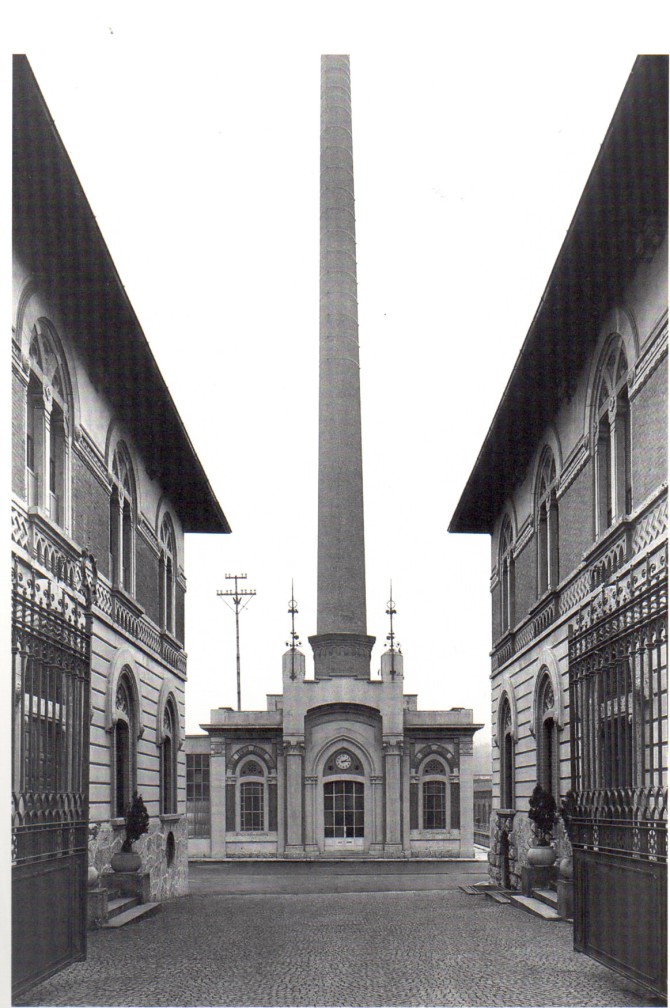
Manfred Hamm, Cotton spinning mill Crespi, Crespi d´Adda, Lombardei, 1988, b/w Photograph on Ilford Gallery, 34,5 x 23,8 cm, Ed. V
Manfred Hamm, Shaft Bergmannnssegen, Potash plant Bergmannssegen Hugo, Lehrte, 1990, b/w Photography on Ilford Gallery, 23,8 x 34,5 cm, Ed. V
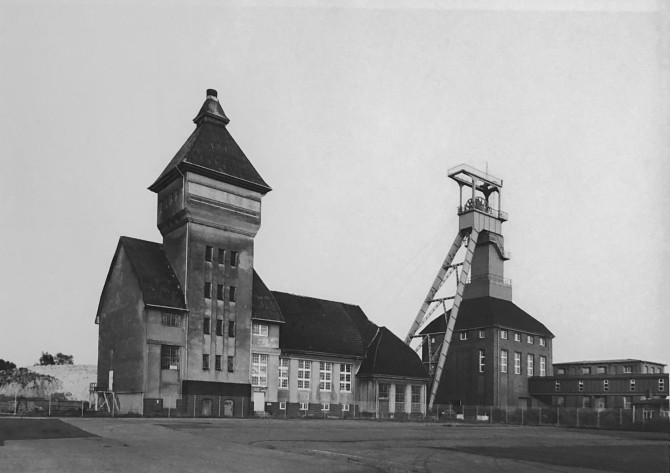
Manfred Hamm, Shaft Bergmannnssegen, Potash plant Bergmannssegen Hugo, Lehrte, 1990, b/w Photography on Ilford Gallery, 23,8 x 34,5 cm, Ed. V
Manfred Hamm, Ore bunker, Blast furnace plant Duisburg-Meiderich, 1991, b/w Photograph on Ilford Gallery, 23,8 x 34,5 cm, Ed. V
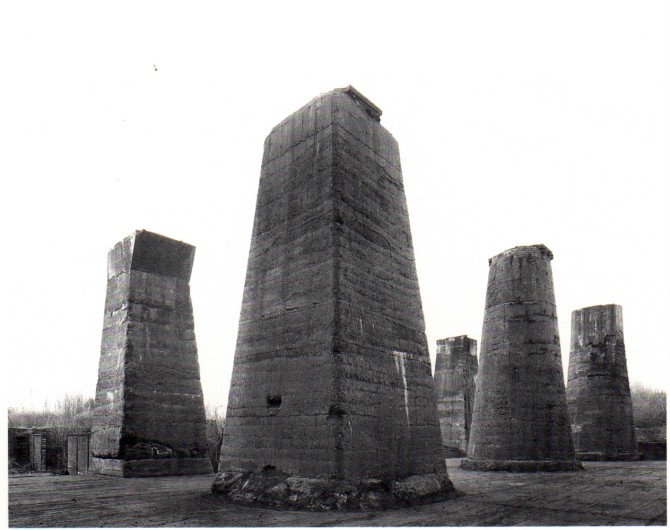
Manfred Hamm, Ore bunker, Blast furnace plant Duisburg-Meiderich, 1991, b/w Photograph on Ilford Gallery, 23,8 x 34,5 cm, Ed. V
Manfred Hamm, Former zinc smelter, Harlingerode (Niedersachsen), 1990, b/w Photograph on Ilford Gallery, 23,8 x 34,5 cm, Ed. V
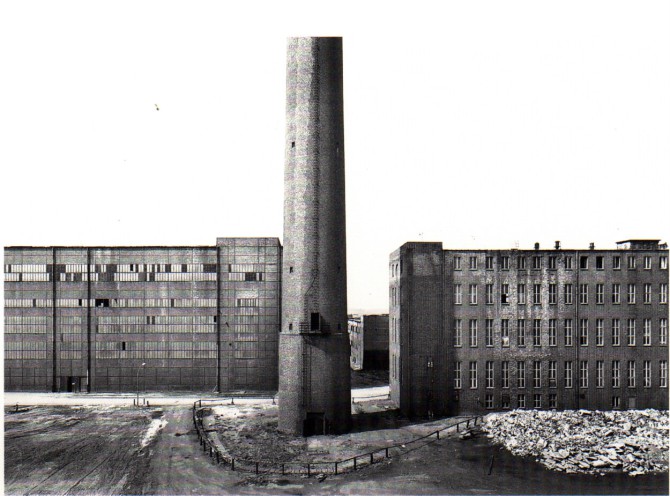
Manfred Hamm, Former zinc smelter, Harlingerode (Niedersachsen), 1990, b/w Photograph on Ilford Gallery, 23,8 x 34,5 cm, Ed. V
Manfred Hamm, Chimney of the boiler house shaft Hugo, Salt mine, Sehnde-Ilten, 1990, b/w Photograph on Ilford Gallery, 34,5 x 23,8 cm, Ed. V
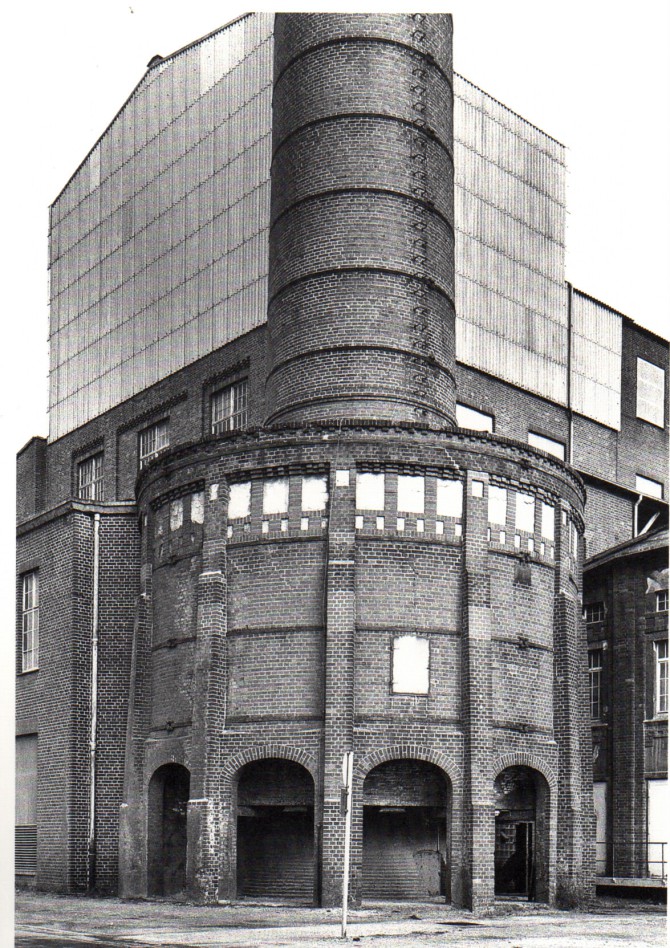
Manfred Hamm, Chimney of the boiler house shaft Hugo, Salt mine, Sehnde-Ilten, 1990, b/w Photograph on Ilford Gallery, 34,5 x 23,8 cm, Ed. V
Manfred Hamm, Cotton spinning mill Anchor Mills, Paisly, Strathclyde, 1987, b/w Photograph on Ilford Gallery, 23,8 x 34,5 cm, Ed. V
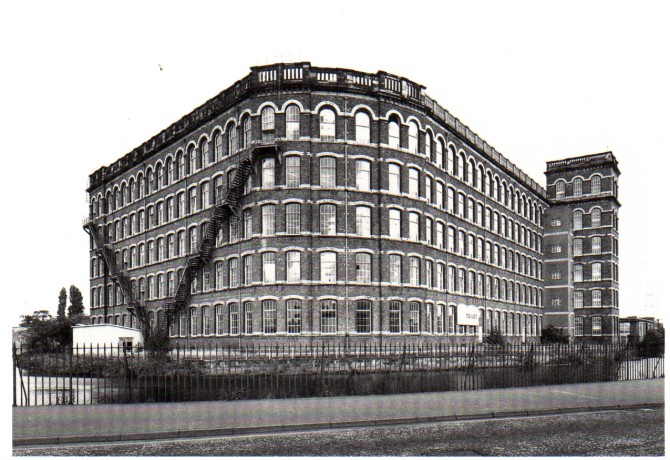
Manfred Hamm, Cotton spinning mill Anchor Mills, Paisly, Strathclyde, 1987, b/w Photograph on Ilford Gallery, 23,8 x 34,5 cm, Ed. V
still. there
Damien Daufresne / Manfred Hamm
November 26, 2022 - January 28, 2023
Opening November 25, 6:00 p.m. - 9:00 p.m.
Galerie Georg Nothelfer, Corneliusstraße 3, 10787 Berlin, Germany
Thu - Fri 12 - 7 pm, Sat 12 - 6 pm and by appointment.
In the show "still. there" Galerie Georg Nothelfer is pleased to present for the first time two artists who approach the subject of time and space in different ways using the means of photography. While Manfred Hamm (*1944 in Zwickau) traces the state of the past in his photographs, Damien Daufresne (*1979 in Paris) captures the ephemeral nature of the moment through photography, drawing and film.
Everything lies in the art of disappearance. However, this disappearance must also leave traces, it must be the place of the appearance of the Other, the world, the object.
Jean Baudrillard, 1994
With the invention of photography, a new temporality enters the image and its perception.
What we see in a photograph was really there and has passed away. This distinguishes photographic images from synthetic images, like those of painting.
The peculiarity of the photographic image, being a physical imprint of the depicted in a real moment, was already recognized by William Henry Fox Talbot, one of the inventors of photography. "It has been so," Roland Barthes states, looking at a photograph and shivering, like Siegfried Kracauer half a century earlier, at its ghostly impression. As the visible referential evidence of a moment, photography insists on truth and actuality. At the same time, it reminds us of the evanescence of what it depicts, and its images bear witness to traces that lead back into the past.
In Manfred Hamm's photographs, the state of vanishing is found in the image motif itself. The places that the photographer, who was born in Zwickau in 1944, has been visiting throughout Europe for several decades are often abandoned, forgotten places whose dwindling significance he captures and archives in his photographs and publications. Cultural buildings, train stations, or old industrial plants, which Hamm calls "ancient sites of tomorrow," are depicted soberly, often in central perspective, in diffuse light, and always without people. This places Hamm in the tradition of the Mission Héliographique, through which historical architecture and monuments were first documented photographically on a broad scale in France in 1852. In Hamm's photographs, buildings appear as manifestations of the ephemeral. In the black-and-white photographs in particular, the objects are wrapped in the nocturnal cloak of yesterday.
Black and white is also the imagery of Damien Daufresne. Dust particles lying on the camera lenses appear with other random interferences' from the technical-chemical manufacturing process as a visual 'patina' in the grainy, dark photographs. Fleeting moments are captured in them, like a bird's flight, a glimmer of light over a cloud-covered sea, a cloth in the wind, and also in the silent, music-scored film images: again and again this one girl - running across the meadow, catching grasshoppers, diving into the water. We know the images - from our mothers, daughters, from ourselves. We recognize them because the artist, born in Paris in 1979, manages to present them to us as memory images, which makes us wistful. But we know and recognize something else - something that comforts. The film collage of Un arbre. Un animal. Quelqu'un. consists of slightly displaced repetitions and rhythms, such as blowing hair, whose shots are slowed to a standstill and cross-faded - and then recall Daufresne's charcoal crayon drawings, which - like palimpsests - have multiple superimposed layers and scrapings. The film allows archetypal images to emerge that point to an eternal return. Impermanence in its absoluteness seems to be suspended in this moment. (Dr. Cora Waschke)
Also visit us on Artsy.